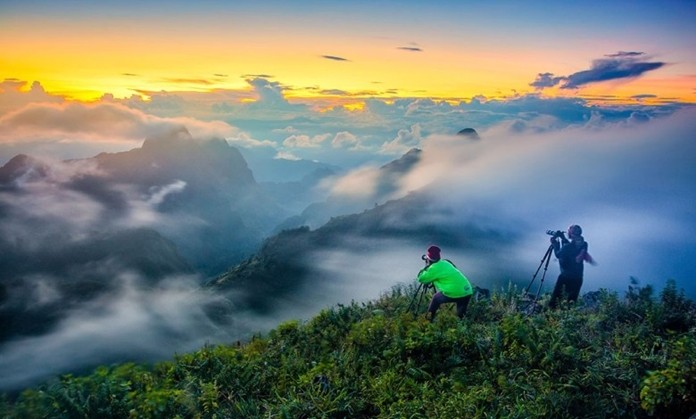Northern Thailand offers much in the way of culture, ethnic diversity, nature-based activities and rich history. Its largest city Chiang Mai has long been one of the country’s most popular tourist destinations, and there is a choice of surrounding provinces that make for great add-on visits.

These secondary destinations are to have their tourism economies and cultural assets developed and marketed in an environmentally-friendly way and with a mind to sustainability.
Chiang Rai
The northernmost province in Thailand, Chiang Rai is blessed with a dramatic landscape of mountains, rivers and forests, an ethnic diversity in its people including the various hilltribes and a strong Lanna identity that can be seen in its architecture, art, language, music and cuisine.

The Doi Tung Royal Villa, which was home to Princess Mother Srinagarindra, and the Mae Fah Luang Garden are set in the mountainous highlands. The Villa is now a museum in honour of the Princess Mother and how she dedicated herself to improving the local people’s livelihood.

Chiang Saen, on the banks of the mighty Mekong River, was a main city of the ancient Lanna Kingdom and chedis, Buddha images, earthen ramparts and pillars can still be seen today. The city is also famed for its views of the Golden Triangle, where the borders of Thailand, Lao PDR. and Myanmar meet.
Mae Hong Son
The mountainous and largely forested province of Mae Hong Son offers scenic natural beauty and outdoor activities, the fascinating culture of its ethnically diverse people and a captivating rural charm.

The popular Mae Hong Son Loop touring route can be done by rented car or motorbike. A journey of some 600 km that starts and finishes in Chiang Mai, this takes in places like Mae Chaem on Thailand’s highest mountain DoiInthanon, the riverside town of Mae Sariang and the town of Pai with its chilled-out new-age, backpacker scene and activities like rafting, tubing, trekking and cycling.

 |
 |
 |





